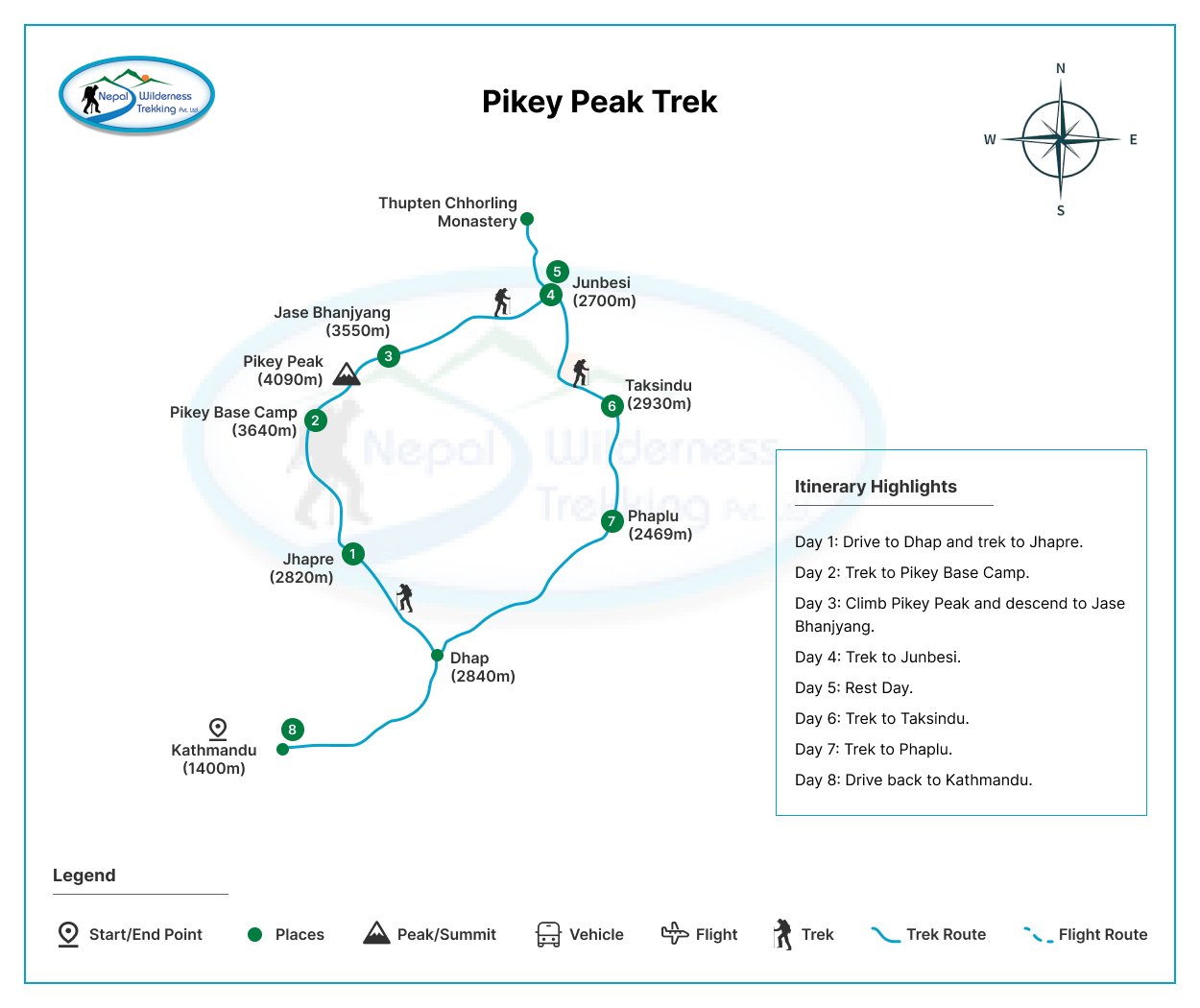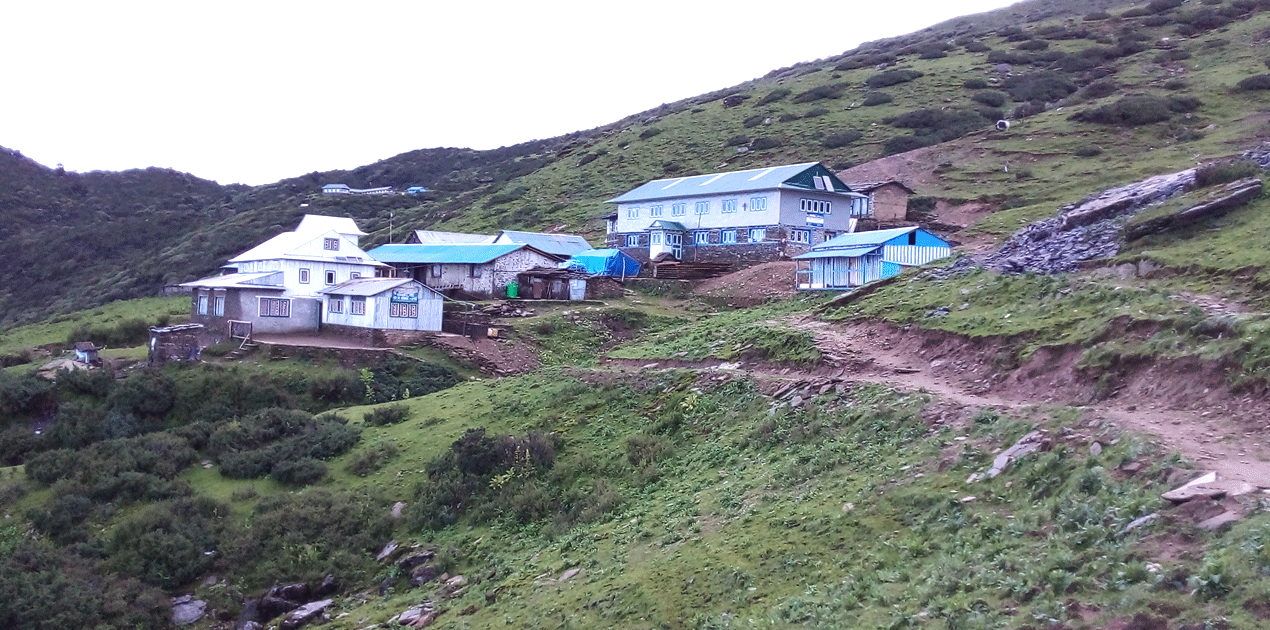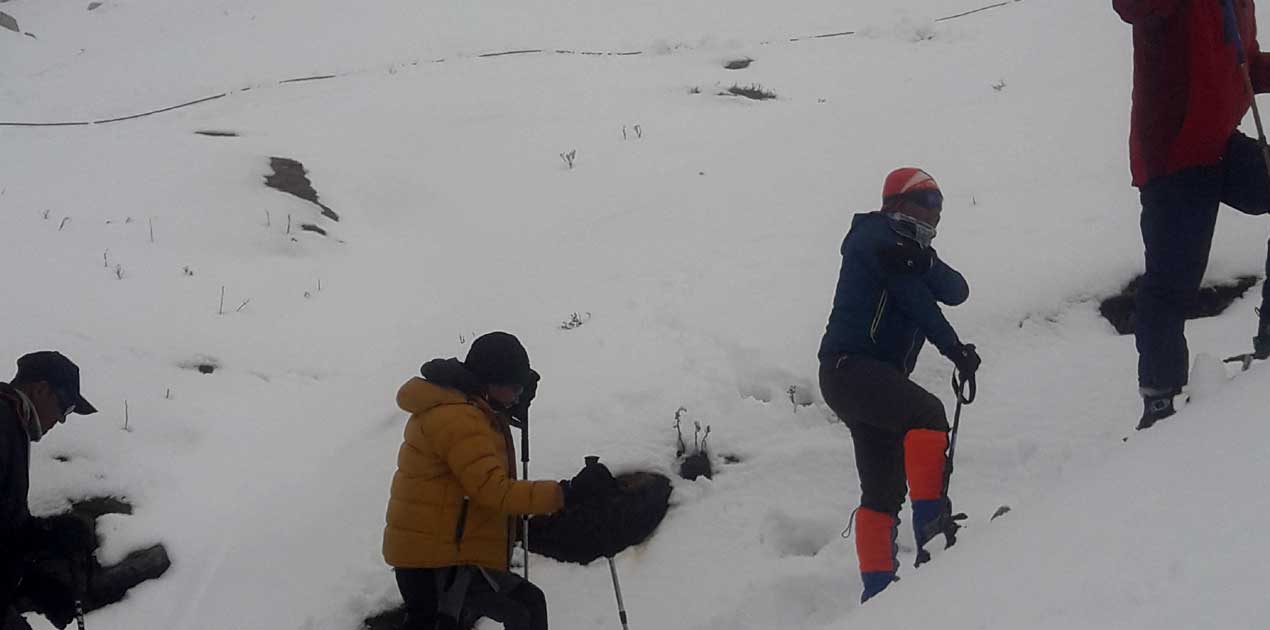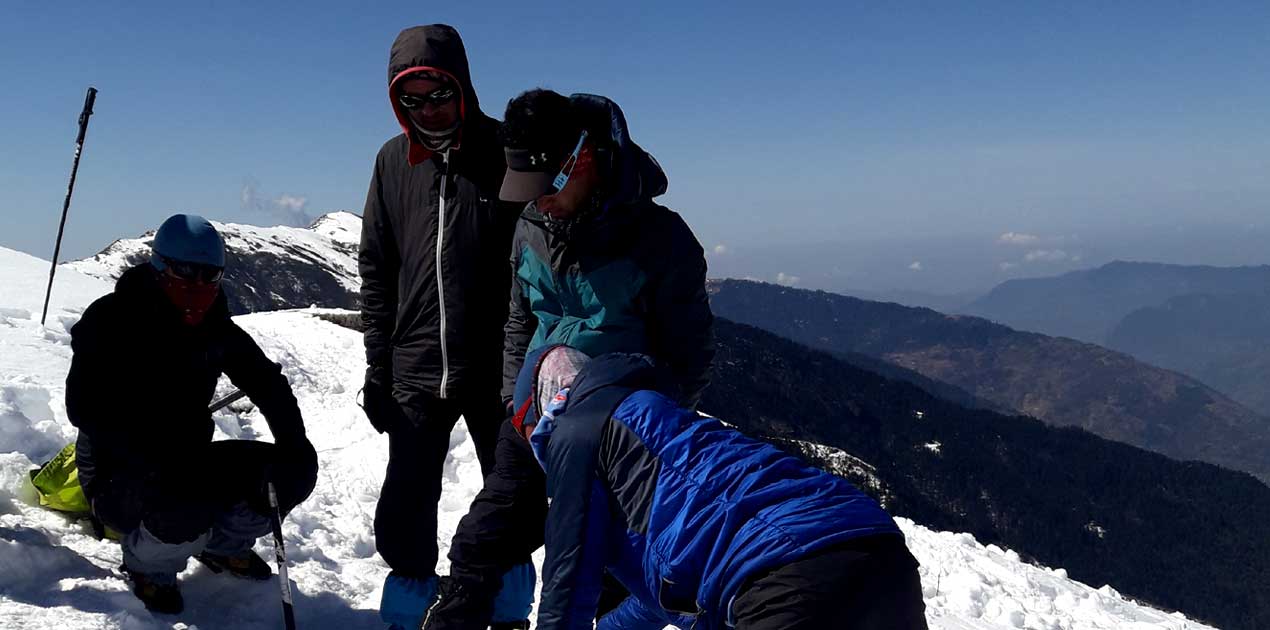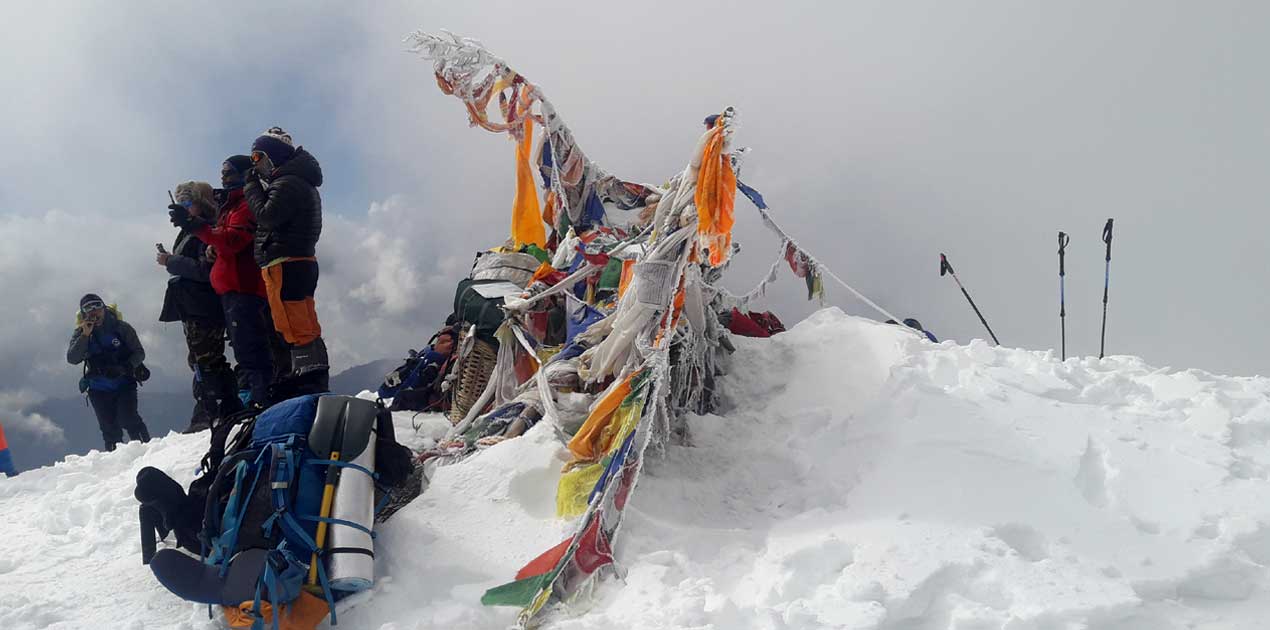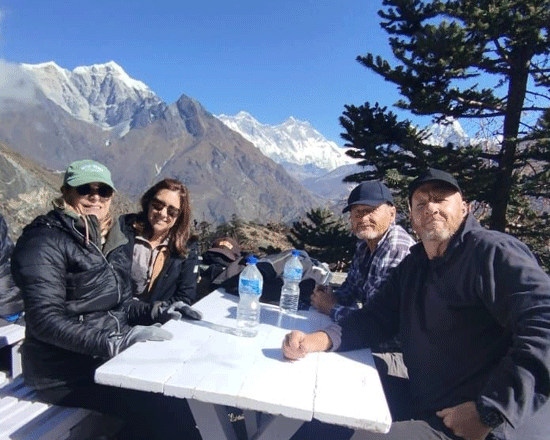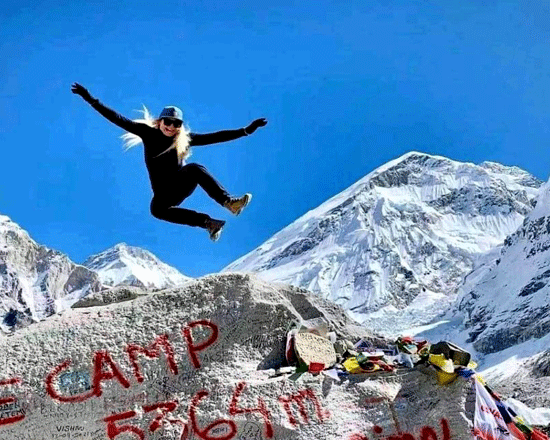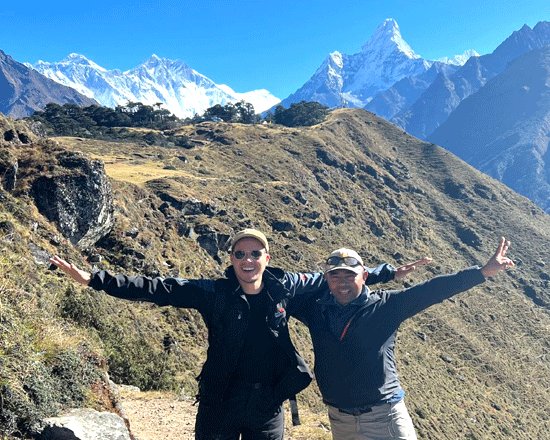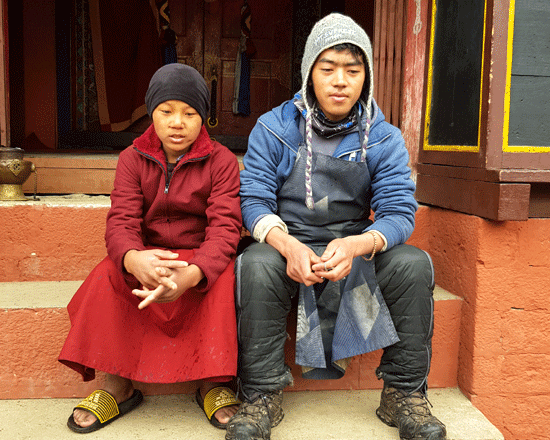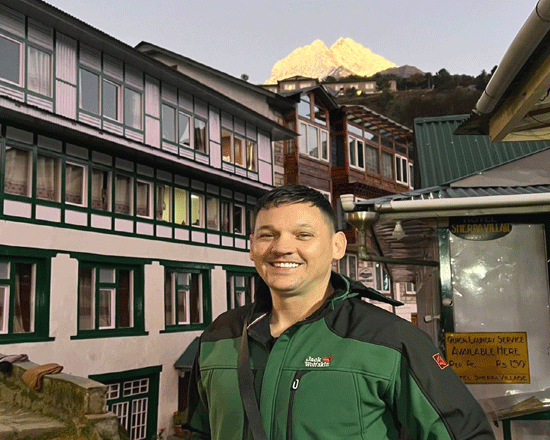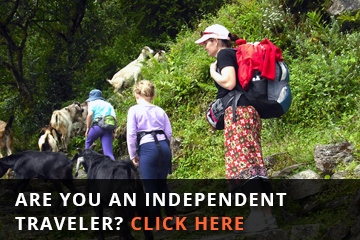Pikey Peak Trek
Pikey Peak Trek
Everest RegionTrip Facts
Since the terrain can be hard and the days long, hikers on these treks should be in good physical condition and have some previous mountain walking experience. Steep climbing may be involved, although it is never necessary to use ropes. Treks at this level can he arranged for periods of 16 to 21 days. Typically, a gradual ascent through a green river valley will lead you up to a number of high passes, where you will reach the altitude of 5416m. Often times, you will get a close insight into the Tibetan culture. Participants should expect to trek above 5416m/17872ft.
Mode of Travel : bus and flight100%
Overview
Pikey Peak Trek: An 8-Day Adventure Through Nepal’s Solu Khumbu Region
Nepal, a land synonymous with towering Himalayan peaks and breathtaking landscapes, offers a treasure trove of trekking routes for adventurers. Among these, the Pikey Peak Trek stands as a hidden gem, tucked away in the Solu Khumbu region. This lesser-known trekking route is a challenging yet rewarding journey that takes you through remote Sherpa villages, pristine forests, and picturesque alpine meadows. Pikey Peak, towering at 4,065 meters, is the crowning jewel of this trek, offering stunning panoramic views of the Himalayan range, including the majestic Mt. Everest, Lhotse, Makalu, Kanchenjunga, and Annapurna.
Unveiling the Hidden Beauty of Lower Khumbu
The Pikey Peak Trek in lower Khumbu is a route less traveled, offering intrepid trekkers the opportunity to explore an off-the-beaten-path terrain. This region holds historical significance as the early trails used by Sir Edmund Hillary and Tenjin Sherpa during their Everest expeditions traverse this pristine landscape. As you embark on this spectacular journey, you’ll encounter an array of Buddhist monuments, including gompas (monasteries) and stupas (shrines), adding a cultural dimension to your trek.
A Panorama of Peaks: A Himalayan Feast for the Eyes
The true highlight of the Pikey Peak Trek lies at its zenith, where Pikey Peak itself rises majestically to an elevation of 4,065 meters. From this vantage point, trekkers are treated to a magnificent spectacle—panoramic views of Himalayan peaks that extend beyond 8,000 meters in height. The giants of the Himalayas, including Everest, Kanchenjunga, Makalu, Lhotse, Manaslu, Annapurna, and numerous other snow-capped sentinels, reveal themselves in all their glory. As the sun paints the sky with hues of orange and pink during sunrise and sunset, the mountains take on a surreal and ethereal quality, captivating the hearts of those fortunate enough to witness this spectacle.
A Trek Back in Time: The Tranquil Charms of Pikey Peak
The Pikey Peak trek embodies a sense of nostalgia, transporting trekkers to an era when trails were less traveled, and the wilderness remained pristine. The trail remains a well-kept secret, drawing a limited number of visitors each year. This exclusivity contributes to the tranquility and serenity that envelops the region. As you meander through the trail, the chorus of nature—the whispering winds, the rustling leaves, and the occasional calls of wildlife—becomes your constant companion.
The Route: Dhap to Phaplu
The Pikey Peak Trek begins in Dhap (also known as Hile), a picturesque village often referred to as the “Switzerland of Nepal.” From here, you’ll embark on your remarkable journey, traversing the serene landscapes and charming Sherpa villages that define the lower Khumbu region. The trek concludes in Phaplu, a town renowned for its airstrip. For those with additional time and an appetite for adventure, continuing onward to Everest base camp and flying back from Lukla offers a thrilling extension to the Pikey Peak experience.
Guided Trekking: Your Path to a Fulfilling Adventure
Trekking in the remote and challenging terrain of Pikey Peak requires careful planning and local expertise. Nepal Wilderness Trekking Pvt. Ltd. stands ready to guide you through this remarkable journey with a professional team of local guides and porters. With their intimate knowledge of the region’s nature trails, mountains, people, cultures, flora, and fauna, they ensure your trek is both safe and informative. Our comprehensive package covers all essential aspects of the trek, offering a competitive and transparent cost structure, so you can embark on this adventure with peace of mind.
Best Time for Pikey Peak Trek: Spring and Autumn
The ideal time to undertake the Pikey Peak Trek in Nepal is during the spring months of March to May and the autumn months of September to November. During these periods, the weather is typically stable, and the skies remain clear, providing unobstructed views of the Himalayan peaks.
Spring offers mild weather, with the added charm of rhododendrons in full bloom, painting the landscape with vibrant colors. However, this season is popular among trekkers, so the trails can be busier.
Autumn is characterized by clear skies, cool temperatures, and fewer trekkers, making it an excellent time to enjoy the tranquility of the Pikey Peak trek. The crisp autumn air enhances visibility, allowing you to fully appreciate the breathtaking mountain views.
Trekking during the monsoon season (June to August) is not recommended due to heavy rainfall and the risk of landslides. The winter months (December to February) can be extremely cold and snowy at higher altitudes, making trekking challenging during this period.
Pikey Peak Trek Highlights: An Overview
The Pikey Peak Trek is an extraordinary journey through Nepal’s Solu Khumbu region, offering a unique blend of natural beauty, cultural richness, and breathtaking mountain vistas. Some of the highlights of this trek include:
- Spectacular Views: The Pikey Peak trek offers panoramic views of some of the world’s highest mountains, including Mount Everest, Kanchenjunga, Makalu, and Annapurna.
- Less Crowded: Unlike some of the more popular trekking routes in Nepal, the Pikey Peak trek is relatively less crowded, allowing you to immerse yourself in the serene beauty of the region.
- Traditional Sherpa Villages: Along the way, you’ll pass through traditional Sherpa villages, offering you the chance to experience the local culture, traditions, and way of life.
- Beautiful Landscapes: The trek takes you through lush forests, verdant landscapes, and stunning mountain vistas, creating a visual feast for trekkers.
- Ancient Monasteries: The region is home to several ancient monasteries and temples, including the Thupten Chholing Monastery, where you can learn about Buddhism and its influence on the local culture
Detail Itinerary
- Day 1: Drive to Dhap (Hile) at 2840m and trek to Jhapre at 2,820m/9,249ft in 10 hours
- Day 2: Trek to Pikey Base Camp, 3,640 m/11,939 ft, 6-7 hours
- Day 3: Climb to Pikey Peak (4090 m) and descend to Jase Bhanjyang (4 hrs, 3,550 m/11,644 ft)
- Day 4: Trekking to Junbesi, a distance of 2,700 meters (8,856 feet), approximately 5-6 hours
- Day 5: Trek around Thupten Chhorling Monastery and rest day at Junbesi (3 hrs, 2,700 m/8,856 ft)
- Day 6: Trek to Taksindu, 2,930 m/9,610 ft, 6-7 hours
- Day 7: Trek to Phaplu (3-4 hours, 2,469 m/8,098 ft)
- Day 8: Drive to Kathmandu by Bus or sharing jeep.
Cost Included
- Kathmandu -Dhap by bus
- Phablu - Kathmandu by Bus or Share jeep
- Italian, Chinese, Nepali, Indian, and other European foods are available three times a day (breakfast, lunch, and dinner).
- Accommodation in tea houses according to the itinerary
- Kitbag for storing your belongings
- Sleeping bag for a comfortable night's sleep on a trek in minus-25 degrees
- TIMS Entrance Permit
- Experienced English-speaking, Government licensed holder trekking guide
- Experienced Sherpa helpers (porters) 1 porter for every 2 pax
- Guide, and Porter meals, accommodation, salary, and insurance
- Necessary paper works, all government, and local taxes
- A certificate of appreciation from Nepal wilderness trekking after a successful trek
Cost Excluded
- Airfare for international flights
- Upon arrival at Tribhuwan International Airport, Nepal entry visa fees vary by duration (15 days - $25-30, 30 days
- Accommodations and meals in Kathmandu before and after our journey
- Personal equipment for high and cold temperatures
- Emergency high-altitude rescue and evacuation are covered by travel insurance
- All beverages, Soft and caffeinated table drinks such as coke, beer,
- Drinking water/mineral water, Dessert, etc. Hot shower, laundry
- Tip for guide and porter
- Excluded are all costs and expenses not listed under "cost includes"
- Inclusion of costs or delays beyond the control of the management, such as landslides, weather conditions, itinerary modifications due to safety concerns, illness, changes in government policies, strikes, etc.
Trip Map
